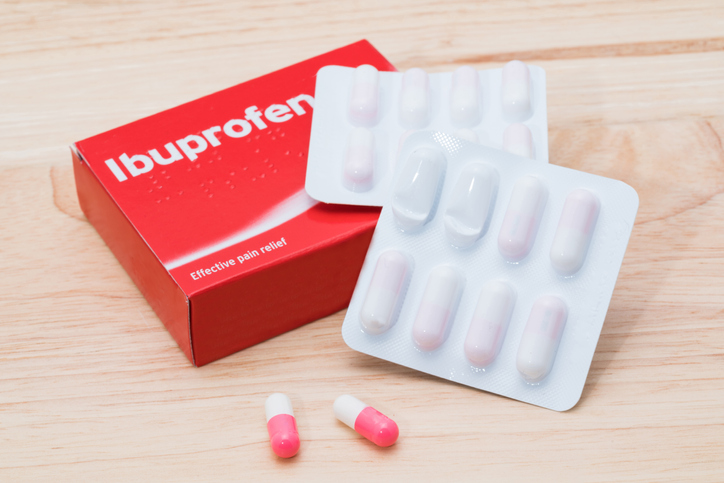If you recently have had a tooth removed, your dentist may have mentioned a potentially painful condition, known as dry socket.
Here is a brief overview of what dry socket is, the causes, and how it can be treated.
What the heck is dry socket?
Blood typically fills the void in the bone immediately after a tooth is extracted. The blood clots and seals the gum wound. In time, the blood will absorb the calcium in the nearby bone of the jaw and turn into the bone itself. However, there are times when the clot falls out of the wound and the protection it provided the bone and nerve in the gums is lost. Food and other foreign objects such as bacteria can become implanted into the open wound and lead to infection. Infection will cause the wound to become inflamed and sore.
Treating Dry Socket
Your dentist will usually prescribe an anti-inflammatory drug like ibuprofen to reduce the inflammation and discomfort at first, but if the pain doesn’t get relieved to your satisfaction, you might get prescribed a corticosteroid.

The dentist will clean out the wound to remove all the debris that has gathered in it to eliminate the cause of the infection. The dentist will usually use a plastic curved tip syringe filled with sterile water to flush out the wound. The dentist will also vacuum out the wound to remove any remaining debris.
The wound will then be filled with a piece of gauze covered in a medicated paste that promotes healing. The gauze will have to be replaced every few days to avoid a bacterial buildup in the socket. You will usually have to return the dentist once or twice a week to have the bandage changed.
Happy ending…
You should experience immediate pain relief once the medicated gauze has been placed in your socket. Soft tissue will fill the socket within a few weeks, and the dry socket condition should disappear. Once dry socket has been eliminated, the dentist will continue any remaining oral treatment.
Now you know what dry socket is, there’s no need to panic! Ask your dental practitioner for more info about dry socket.



















